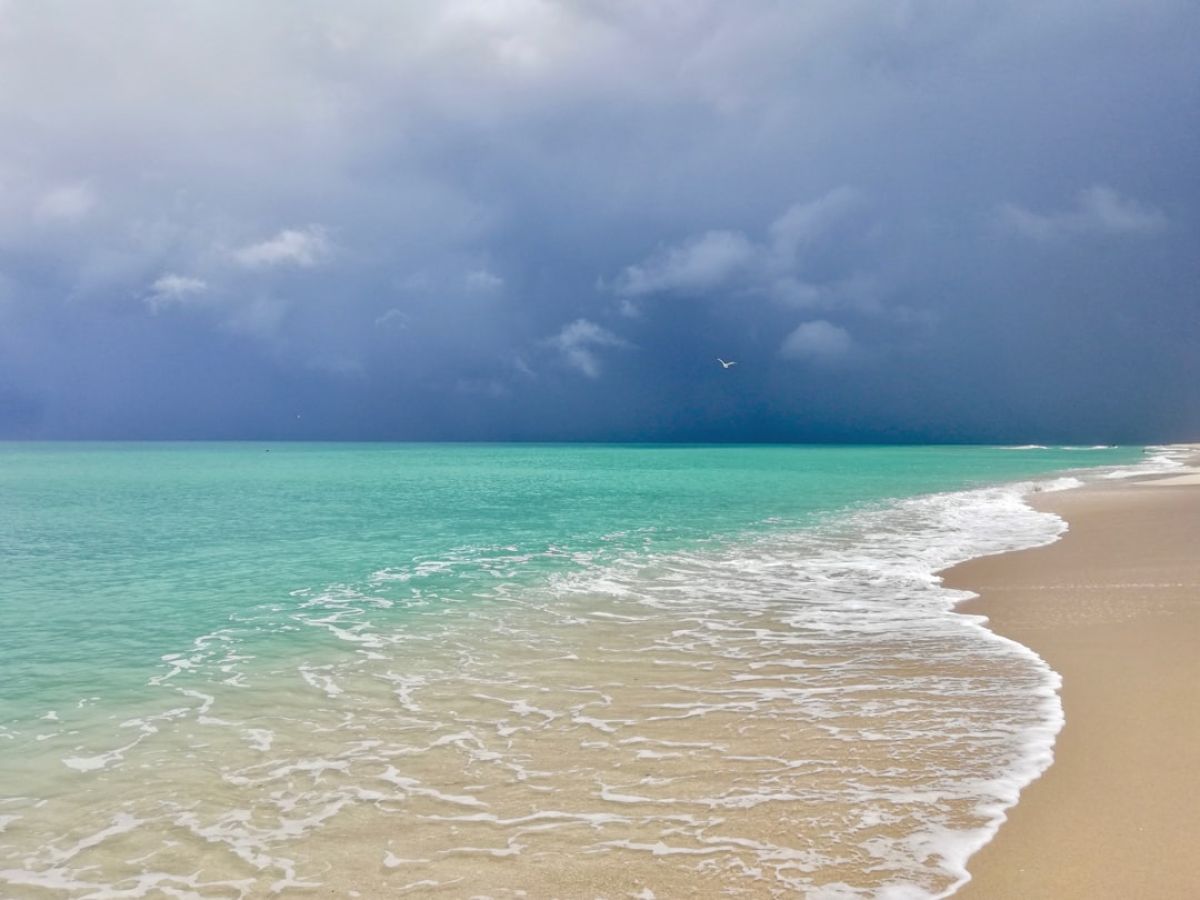Naples Beach Lightning Strike Injures Four

## Lightning Strikes Close to Home: A Naples Perspective on Beach Safety
Naples, Florida. Paradise, right? Turquoise waters, sugar-sand beaches, swaying palm trees… and the occasional, uh, *electrifying* surprise. We all know Florida has a reputation for dramatic weather, and while we love basking in the sun, we also need to respect the power of Mother Nature. The recent news about four women being knocked unconscious by a lightning strike on a Florida beach – though not in Naples itself – serves as a stark reminder of the dangers lurking behind those beautiful blue skies. This incident hits close to home, literally, prompting us to re-evaluate our approach to beach safety, particularly when it comes to lightning.
Let’s talk about it, Naples. This isn’t about fear-mongering; it’s about being prepared and knowing how to react when the skies turn ominous. We’re a community that thrives on our outdoor lifestyle, and that includes enjoying our world-renowned beaches. But paradise can quickly turn perilous if we’re not careful.
This recent incident highlights the very real threat of lightning strikes, especially during the summer months when afternoon thunderstorms roll in like clockwork. We’re in the heart of rainy season, folks, and while we’re used to the downpours, we can’t afford to be complacent about lightning. It’s not just a distant rumble; it’s a serious danger that can have life-altering consequences.
Think about it. You’re out on Lowdermilk Park, enjoying a picnic with the family, the kids are building sandcastles, the sun is shining… and then, *boom*. The sky cracks open, the wind whips up, and suddenly, that idyllic scene turns into a scramble for safety. Knowing what to do in that situation is crucial. Those four women on the other Florida beach? They were lucky. Lightning strikes can be fatal.
So, what can we learn from this incident, and how can we better protect ourselves and our loved ones here in Naples?
**Understanding the Threat:**
Florida is known as the “lightning capital” of the U.S. for a reason. We experience more lightning strikes per square mile than any other state. Our warm, humid air creates the perfect conditions for thunderstorms, and with those storms comes the very real danger of lightning. It’s not just about direct strikes either. Ground current, where the lightning strikes the ground and the current travels outwards, can be just as dangerous. Even being near a lightning strike can expose you to the electrical charge.
**Recognizing the Warning Signs:**
The first step to staying safe is knowing how to recognize the signs of an approaching thunderstorm. Darkening skies, a sudden drop in temperature, gusty winds, and the distant rumble of thunder are all telltale signs. Don’t wait for the downpour to start; if you see these signs, it’s time to take action. Here in Naples, we often see these rapid changes in weather, so it’s essential to be vigilant, especially during the afternoon hours.
**Seeking Shelter Immediately:**
If you hear thunder, you’re already within striking distance of lightning. The National Weather Service recommends the “30-30 rule”: When you see lightning, count the seconds until you hear thunder. If it’s 30 seconds or less, seek shelter immediately. Wait 30 minutes after the last clap of thunder before resuming outdoor activities.
But where do you seek shelter on the beach? Obviously, a substantial building is the safest option. Head to a nearby restaurant, shop, or your car (a hardtop car, not a convertible). If those options aren’t available, avoid isolated trees or tall structures. A low-lying area, away from water, can offer some protection, but it’s not ideal. The key is to get off the open beach and away from anything that could attract lightning.
**Local Resources and Preparedness:**
Here in Naples, we have resources to help us stay informed and prepared. The Collier County Emergency Management website provides valuable information on lightning safety, including real-time weather updates and emergency alerts. Download their app or sign up for text alerts to stay in the loop. Collier County also offers free weather radios to residents, which can provide crucial warnings during severe weather events. These radios are particularly useful for those who live near the beach or spend a lot of time outdoors.
**Beyond the Beach:**
While this incident happened on a beach, it’s important to remember that lightning strikes can occur anywhere. Whether you’re golfing, boating, hiking, or simply enjoying your backyard, the same safety principles apply. Be aware of the weather forecast, recognize the warning signs, and seek appropriate shelter when necessary. Talk to your family about lightning safety and develop a plan for what to do in case of a thunderstorm.
**Spreading the Word:**
This isn’t just about individual responsibility; it’s about community safety. Talk to your friends, neighbors, and visitors about lightning safety. Share this information on social media. Let’s make sure everyone who enjoys our beautiful beaches knows how to stay safe. We’re a resilient community, and by working together, we can minimize the risks associated with severe weather.
**The Takeaway:**
The recent lightning strike on a Florida beach serves as a wake-up call for all of us here in Naples. We live in a beautiful place, but we also live in a place where severe weather is a reality. By staying informed, being prepared, and respecting the power of nature, we can continue to enjoy our outdoor lifestyle safely. Let’s make sure that our next beach trip is filled with sunshine and smiles, not fear and unfortunate incidents. Stay safe, Naples!